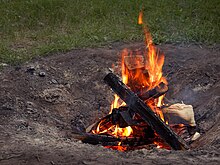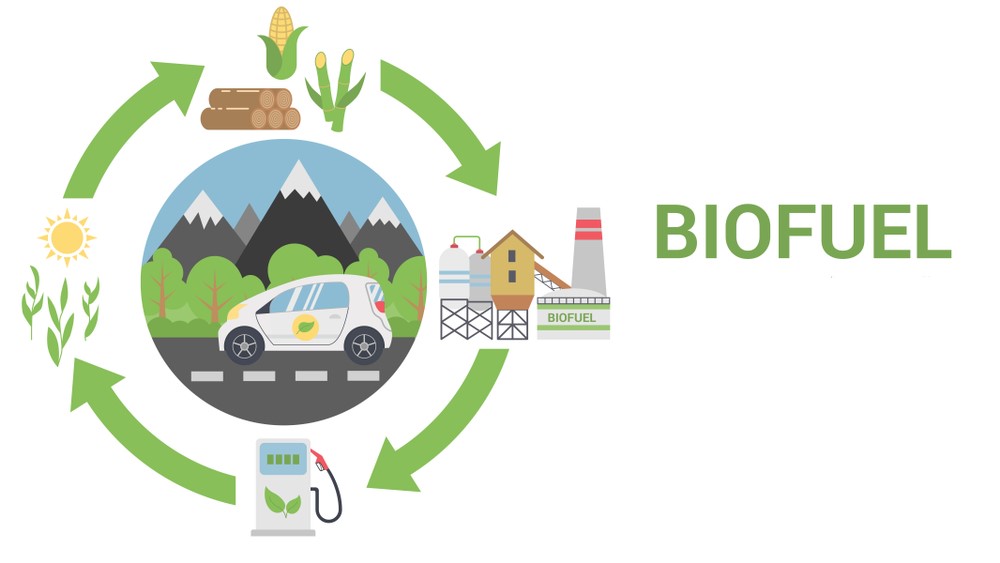RENEWABLE ENERGY
Aim: To compare the amount of gas that is produced from different types of biomass.
Material:
- Three bottles
- Permanent marker
- Disposable gloves
- Cup
- Fresh horse manure
- Mashed banana
- Vegetable peelings
- Funnel
- Water
- Three balloons
Steps:
- First we got into 4 group with 8-9 people.
- Then we got 3 bottles to share between the group and labeled them.
- First bottle we put one cup of horse manure, second bottle we put one cup of horse manure + one cup of vegetables peelings and third bottle we put one cup of horse manure + 1 mashed banana.
- Then after putting in all those ingredients, we put cups of water in to a certain line on the bottle.
- Then after putting cups of water in, we put a balloon over the top cap of the bottle.
- After putting the balloon on, we taped the balloon to the top cap.
Research the following Biomass fuels. You will need to:
Write a definition of the fuel.
Write 8 sentences about the fuel.
Place 1 image of the fuel.
- How is it made?
- Where is it made?
- What is it made with?
- What countries use it?
- What uses will it have in the future?
Biomass Fuel types.
Name: Agricultural crops and wood fuels.
Definition:
Agricultural Crops: A crop is a plant or animal product that can be grown of harvested extensively for profit or support. Most pants are cultivated in agriculture or aquaculture. A crop is usually expanded ti include macroscopic fungus or alga. Wood fuel is a fuel such as firewood, charcoal, chips, sheets, pellets and sawdust. The particular form used factors such as source, quantity, quality and application.
Uses:
Rubber from trees are also a cash crop as is lumber, fruit, vegetables and cotton. Plants are also used in agriculture to help reduce the speed of wind. Planting trees in a row prevents the wind from blowing away the valuable topsoil. In the forest trees act as shelter for many organisms.
Image:

Name: Animal waste.
Definition:
Discarded material from industries directly associated with a raising of animals. Such as those wastes produces by livestock farming, meat production, animal testing and fur breeding.
Uses:
Animal manure such as chicken and cow manure has been used for centuries as a farming fertilizer. It can improve the soil structure so that the soil holds more nutrients, water and therefore becomes more fertile.
Image:
Name: Bio gas
Definition:
Bio-gas is a gaseous fuel. Especially methane produced by the fermentation of organic matter.
Uses:
The gases methane, hydrogen and carbon monoxide can be combusted or oxidized with oxygen. This energy release allows bio-gas to be used as a fuel, it can be used for any heating purpose such as cooking. It can also be used in a gas engine to convert the energy in the gas into electricity and heat.
Image:
Name: Bio fuels
Definition:
A fuel derived immediately from living matter.
Uses:
Bio-fuels are transportation fuels such as ethanol and bio-diesel that are made from biomass materials. These fuels are usually blended with petroleum fuels but they can also be used on their own.
Image:








